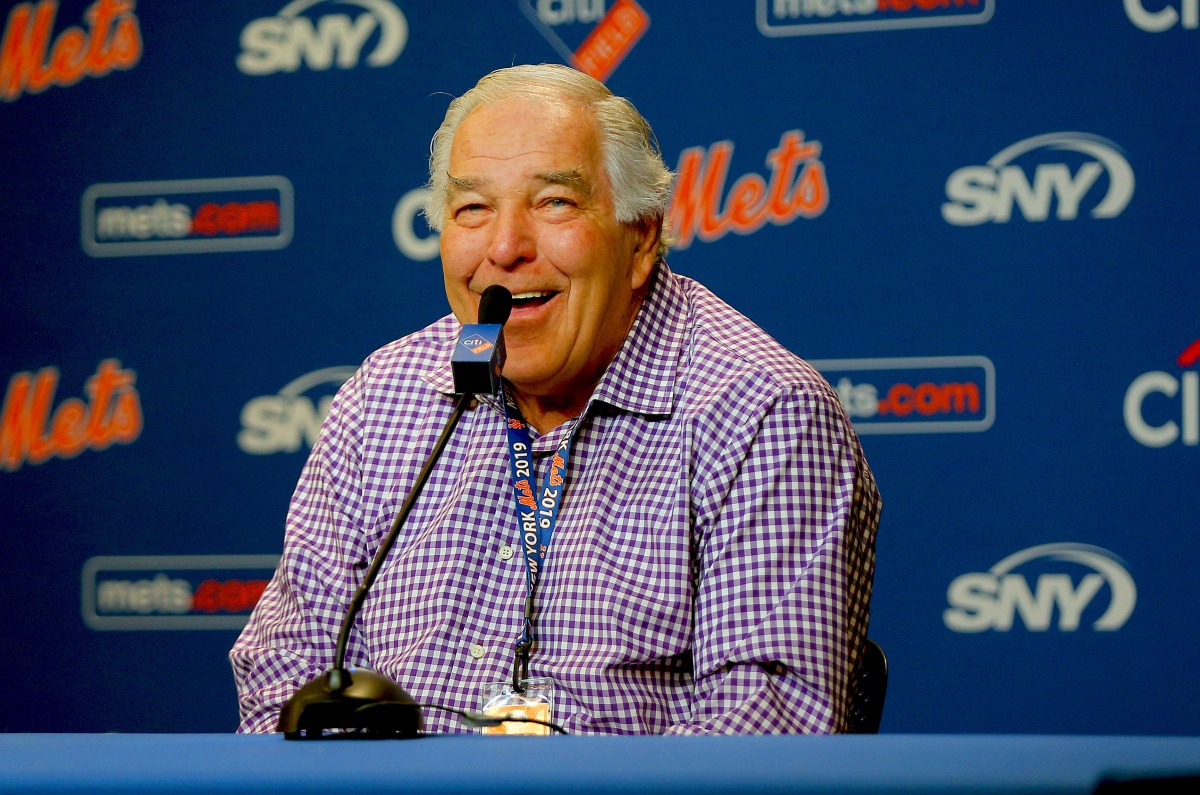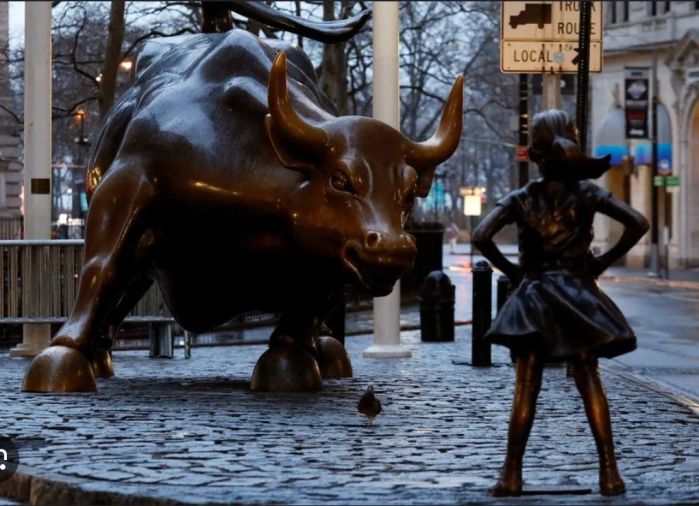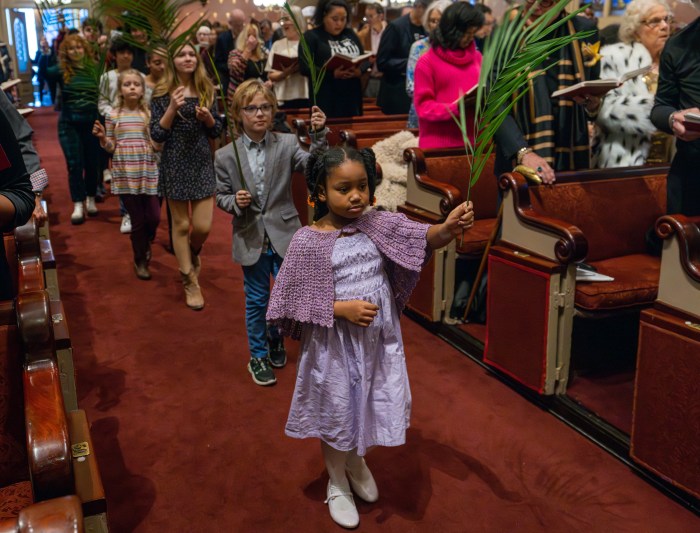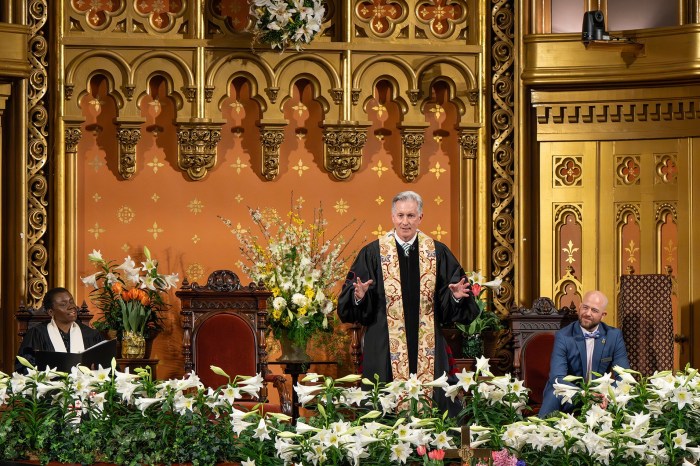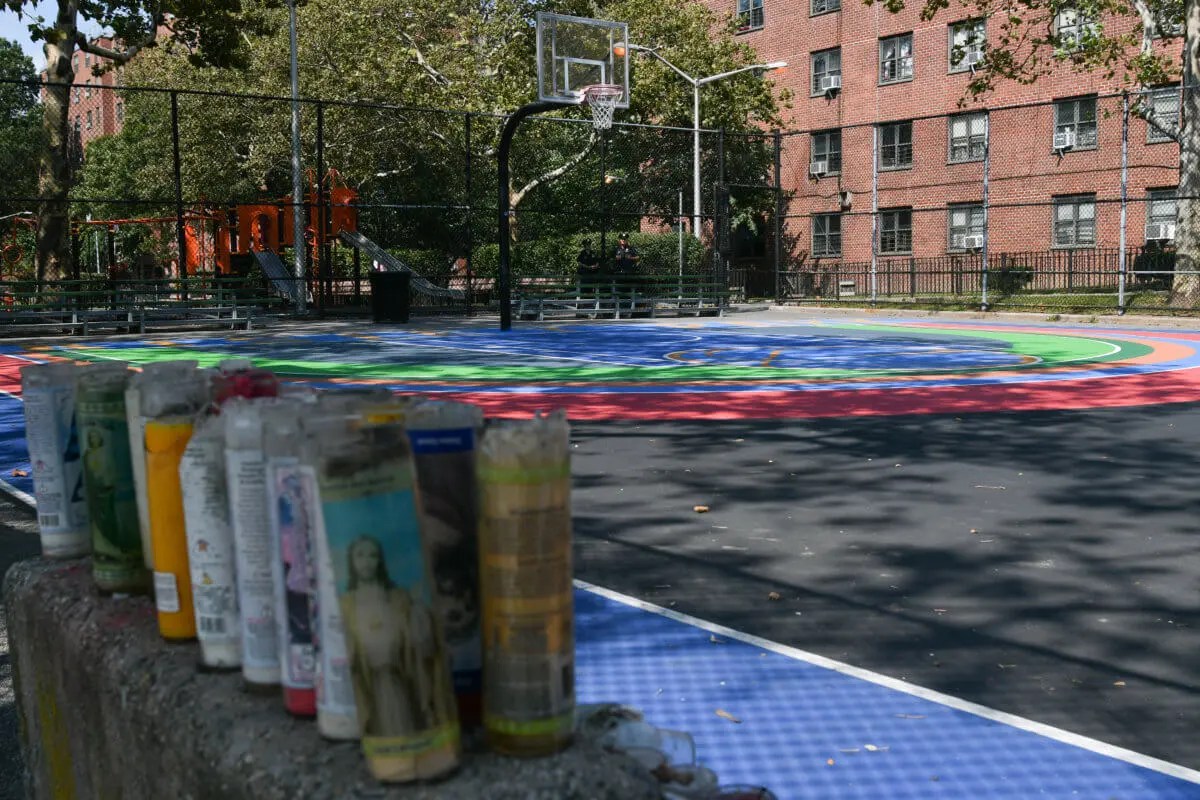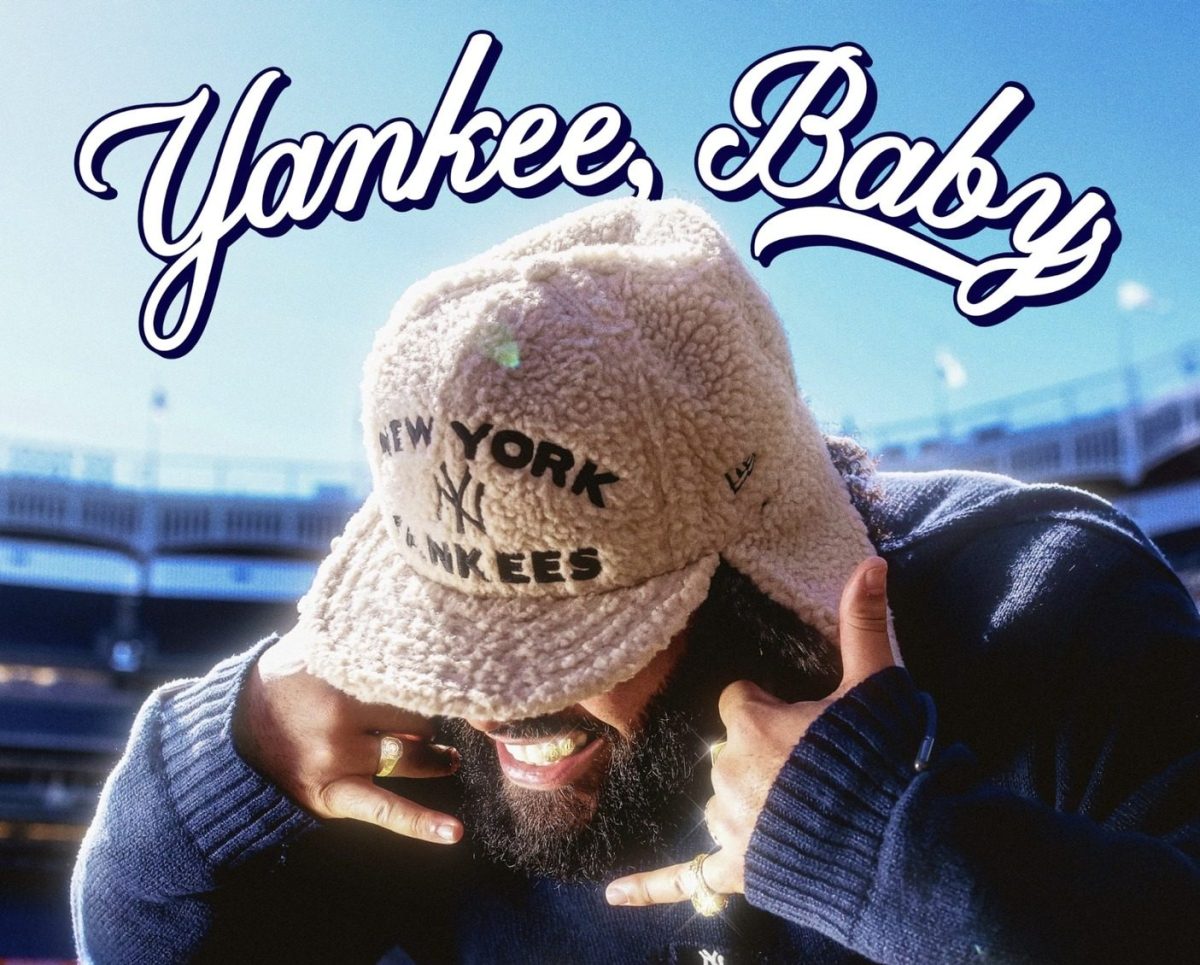For the first time in their 64-season history, the New York Mets will exist without Ed Kranepool.
Their first-ever big-time signing out of James Monroe High School in the Bronx where he broke Hank Greenberg’s long-time career home run record, Kranepool debuted as a 17-year-old during the Mets’ inaugural season. He then spent 18 years with the club — the franchise record holder in games played, an All-Star, and a 1969 World Series champion.
He was never far from the team in the 45 years following his playing days. He was inducted into the Mets Hall of Fame in 1990 and was a regular appearance-maker around the community, oftentimes with his former 1969 teammate and dear friend, Art Shamsky.
“The thing about Eddie when I think about his career, when people talk about him, it’s not so much about statistics, what he did a certain day,” Shamsky said on Friday, prior to the Mets’ 2025 home opener at Citi Field. “It’s about two things: It’s about him being the first big-name Met who was signed as a kid, 17 years old. The second thing, I think is important, was that he was homegrown. The fact that he grew up in the Bronx, he was from New York, people related to that.”
Kranepool passed away at the age of 79 in his home in Florida on Sept. 8, of course, watching the Mets. The original face of the franchise will have his No. 7 adorned on the sleeves of the 2025 squad throughout the season, and on Friday, had 17 of his family members — chaperoned by Shamsky — on hand during pregame festivities.
“I’m so happy that the team is honoring him,” Shamsky, who was friends with Kranepool for 57 years, said. “It’s well-deserved. Eddie’s legacy will always be that street-smart kid from the Bronx who spent 18 years with the same team. You won’t see that often anymore.”
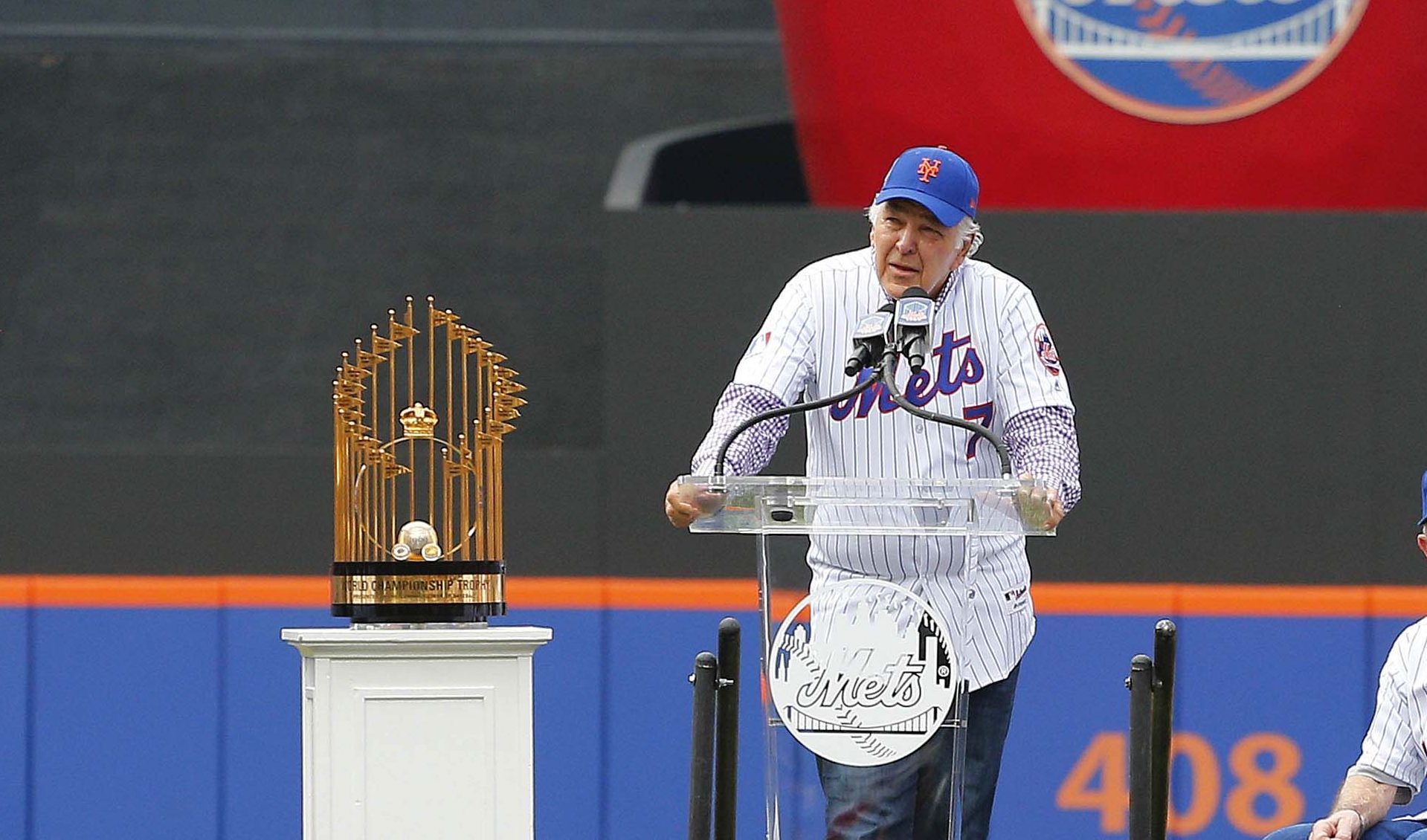
There’s something just not quite right about baseball in Queens without Kranepool, at least in the physical form. He was the original Mr. Met, the blue-collar, local guy that the fan base clung to even when the likes of Tom Seaver, Tommy Agee, or Cleon Jones made their way to Queens later in the decade. That persona never left him.
Unfortunately, this is what the unstoppable march of time does to all of us, though it has hit this generation of Mets especially hard as of late. In the last year, four other members of the 1969 World Series winners passed: The resolute catcher Jerry Grote, the scrappy shortstop Bud Harrelson, and pitchers Jim McAndrew and Jack DiLauro.
“It dawned on me that when [the Mets’ former home, Shea Stadium] was being torn down [in 2009], I had felt like part of my youth was taken from me,” Shamsky said. “And when I heard the news about Eddie Kranepool, more of my youth was taken from me… We lost five members from the ’69 team. It was a very difficult year for me on a personal level.”
Shamsky, now 83, is one of the last true custodians of that 1969 team; a responsibility he has shouldered with a certain undimmable fervor. He has written three books about that miraculous season and will regale anyone willing to listen about one of the most magical summers in baseball history.
“All of our lives changed that October day in 1969,” Shamsky said. “I think the true legacy of that team… is that the ’69 Mets are still viable, and people want to talk about it. People want to know what happened that day when the black cat ran on the field, Tom Seaver’s almost-perfect game, Steve Carlton striking out 19 and us still winning the game. There’s so many things people want to talk about…
“In some ways, it’s magical because it’s 56 years later and we’re still talking about it. Whenever I talk to people who are a little bit older, what happens to them is that they become young for an hour. They remember when they went to the ballpark with their parents or their grandparents, and that makes me feel young, also.”



